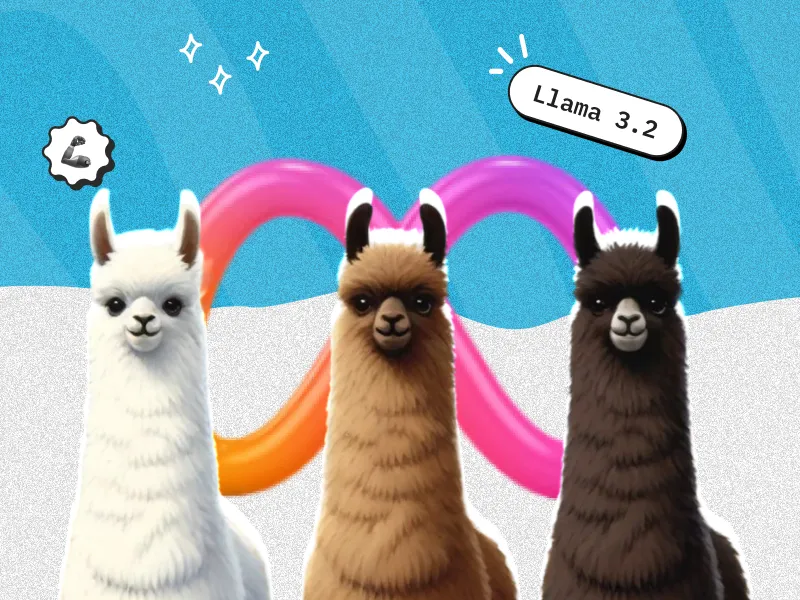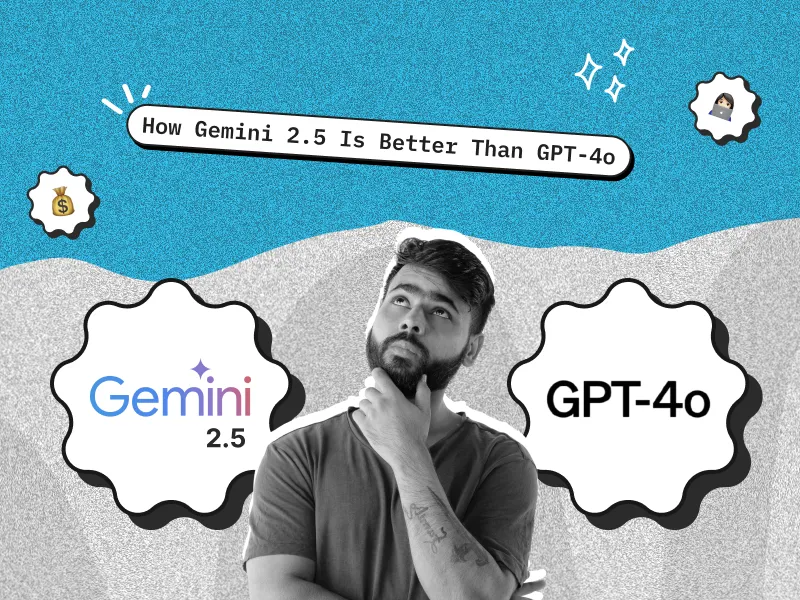Quick Summary:
In the world of artificial intelligence (AI), Meta has made remarkable strides with its latest AI model, Llama 3.2. This new version introduces a groundbreaking feature – voice integration, adding a new dimension to its multimodal capabilities. With this advancement, Meta has enabled a new frontier of human-computer interaction, allowing for seamless integration of text, image, and voice in a single model.
In this article, we’ll explore how Llama 3.2 works, its key features, and the transformative potential of its multimodal AI with voice capabilities.
Introduction to Llama 3.2
Llama 3.2 is the latest release in Meta’s series of large language models (LLMs). While previous versions like Llama 3.1 were focused on text-based reasoning and high-level understanding of language, Llama 3.2 takes this to a new level by adding support for voice inputs alongside text and images.
This leap is significant because multimodal AI allows for more natural and interactive experiences. Whether it’s voice commands for smart devices or voice-driven search in e-commerce, Llama 3.2’s integration of voice can transform the way people interact with AI.
The Evolution from Llama 3.1 to 3.2
Llama 3.2 builds on the robust framework of Llama 3.1 but introduces several important improvements:
- Voice Integration: Unlike Llama 3.1, which only handles text and images, Llama 3.2 adds voice interaction, making it a truly multimodal model.
- Improved Accuracy: Llama 3.2 offers better language processing and image reasoning, particularly when paired with voice commands.
- Enhanced User Experience: By combining multiple input types, users can now speak to AI systems, improving accessibility and convenience across various industries.
With these improvements, Meta’s Llama 3.2 brings us closer to human-like interaction with machines, blending text, voice, and visual reasoning seamlessly.
Multimodal AI: What is It?
Multimodal AI refers to systems that can process and understand information from multiple sources, such as text, images, and voice. Llama 3.2 is a perfect example of this, as it enables AI to “see,” “hear,” and “read” simultaneously.
This multimodal capability is crucial for building more intuitive AI systems that can respond to complex queries in a way that mimics human reasoning. For example, if a user asks a voice assistant to describe an image or perform a task based on both text and voice instructions, Llama 3.2 can process the voice input and reason about the corresponding text or image.
Why Multimodal AI Matters
Multimodal AI brings a more complete understanding of context, allowing systems like Llama 3.2 to make decisions and perform tasks with greater accuracy. Whether it’s analyzing visual data, processing speech, or combining multiple inputs, multimodal AI models are more versatile and responsive to human needs.
Llama 3.2’s Voice Capabilities
The standout feature of Llama 3.2 is its voice-enabled functionality. This feature transforms how we interact with AI, moving beyond text-based interfaces to a more conversational and dynamic experience.
How Llama 3.2 Processes Voice Inputs
Llama 3.2 uses cutting-edge AI technology to process and understand voice commands. It can listen to users, interpret their requests, and respond with accurate, context-driven outputs. This ability to interpret voice inputs and synthesize them with text and image data sets it apart from earlier AI models.
Voice integration isn’t just about issuing commands; it’s about natural language processing at a new level, where AI can understand nuance, tone, and context from a spoken query.
Advanced Language and Image Reasoning in Llama 3.2
Llama 3.2 does more than just voice processing—it also enhances text and image reasoning through its multimodal support. This means Llama 3.2 can analyze voice commands in the context of accompanying images or text inputs.
For instance, you could ask Llama 3.2 to explain a chart, identify elements in an image, or summarize a text document. By integrating voice commands, users can access this reasoning hands-free, streamlining processes in fields like education, healthcare, and e-commerce.
Practical Applications
Examples of how this works in real life include:
- Voice-Assisted Visual Search: Imagine a user speaking to an AI, asking, “What are the key trends in this data visualization?” Llama 3.2 can provide a detailed analysis of both the voice command and the visual input.
- Content Creation: Users can now dictate a story or blog post to Llama 3.2 while it organizes text and images based on voice inputs.
Real-World Use Cases of Llama 3.2’s Voice Integration
The possibilities with Llama 3.2 are vast, particularly when it comes to real-world applications. The voice-enabled AI can impact several industries:
Customer Service
Llama 3.2 can revolutionize customer service by providing voice-driven AI assistants that respond in real-time to customer queries, allowing for natural conversations instead of scripted responses.
Healthcare
In healthcare, voice integration can enhance accessibility, allowing patients to interact with AI for appointments, check-ups, and medication reminders without the need for text-based input.
E-commerce
Llama 3.2 can power voice-activated shopping assistants, enabling customers to search for products, review specifications, and place orders using just their voice.
Technical Advancements: Voice in AI Models
One of the key technical breakthroughs in Llama 3.2 is how it incorporates voice processing into the multimodal AI framework. This is achieved through methods like supervised fine-tuning (SFT) and reinforcement learning with human feedback (RLHF).
Integration with Llama Stack API
Developers can leverage the Llama Stack API to integrate voice functionality into their applications. This API allows developers to access and modify Llama 3.2’s capabilities for custom use cases.
Voice integration, combined with image and text analysis, positions Llama 3.2 as a highly versatile model for tasks requiring more than one input type.
Efficiency and Scalability of Llama 3.2 for Voice Applications
Another key advantage of Llama 3.2 is its efficiency and scalability. The model has been optimized for low-latency performance, meaning voice commands are processed quickly, even on mobile or edge devices.
Why Scalability Matters
With its scalable architecture, Llama 3.2 can be deployed in everything from small-scale applications like personal voice assistants to enterprise-level solutions. This makes it highly adaptable for businesses looking to implement voice AI without heavy infrastructure demands.
Future of Multimodal AI and Voice in Llama 3.2
As voice AI continues to develop, Llama 3.2 is poised to play a significant role in shaping its future. Multimodal AI that incorporates voice is becoming essential in industries such as automation, customer support, and education.
Meta’s Vision
Meta envisions Llama 3.2 as a key player in building a more conversational and interactive AI. By bringing together voice, text, and image processing, the future of AI looks increasingly accessible, engaging, and human-centric.
Getting Started with Llama 3.2 and Voice AI
For developers interested in integrating Llama 3.2’s voice capabilities, the process is straightforward. The model can be used with platforms like Amazon Bedrock and SageMaker JumpStart, offering quick access to Llama’s APIs.
Here are a few steps to get started:
- Access the API: Visit Meta’s Llama 3.2 documentation to access the APIs for voice commands.
- Test Voice Inputs: Experiment with the voice command functionality and multimodal reasoning.
- Deploy for Your Use Case: Integrate voice AI into applications such as smart assistants, voice-enabled search engines, or customer service bots.
Conclusion
Llama 3.2 represents a significant leap forward in AI technology by integrating voice, text, and image processing into a single multimodal model. From customer service to healthcare and beyond, the applications of voice AI are endless.
If you’re ready to explore the future of AI, now is the perfect time to dive into Llama 3.2 and discover its revolutionary voice-enabled features.











 30 mins free Consulting
30 mins free Consulting 
 6 min read
6 min read 







 Love we get from the world
Love we get from the world 